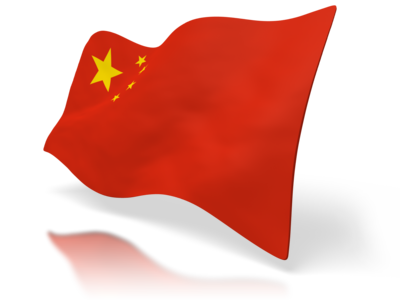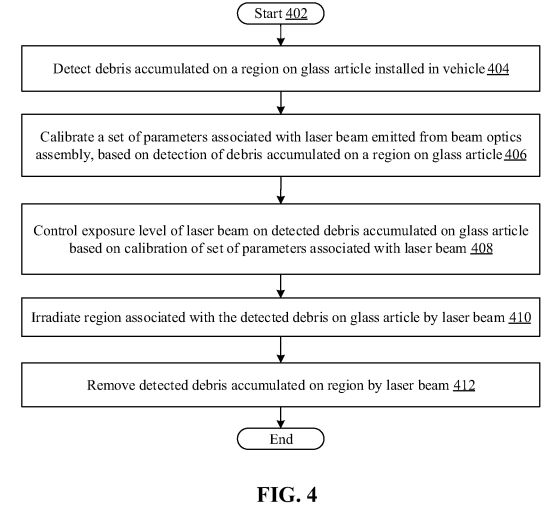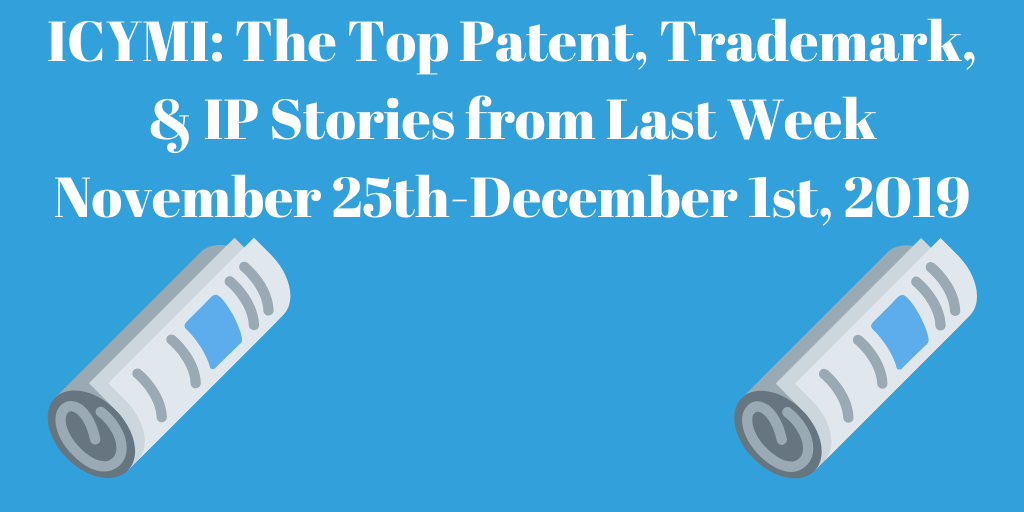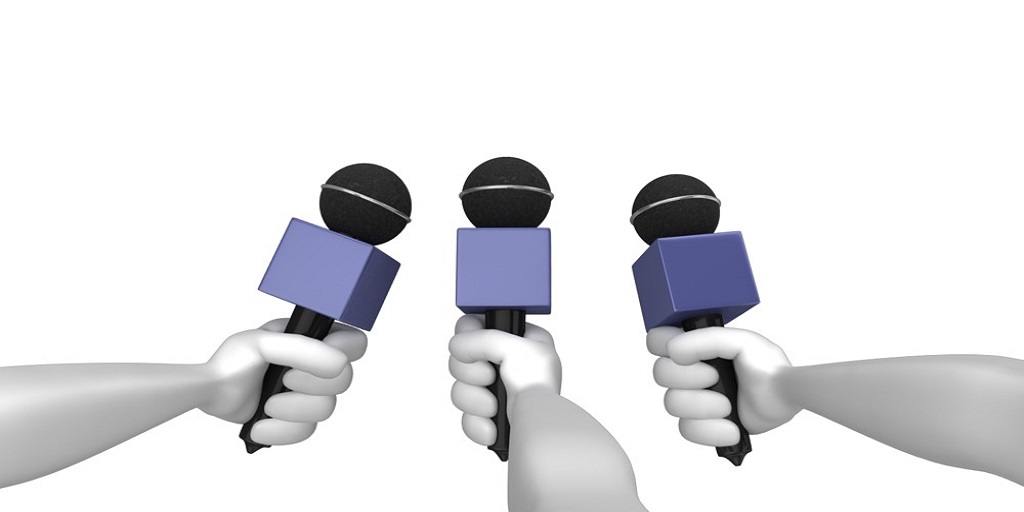Top Patent, Trademark, and IP Stories from Last Week (11/25-12/1/19)
Every week, we will be highlighting the top patent, copyright, trademark, intellectual property, etc. stories of the previous week in our “In Case You Missed It” segment. The list itself is in no particular order and includes a wide range of stories from the patent world that are informative, noteworthy, or just plain bizarre. The stories included encompass everything from Supreme Court cases to insights into growing industries. Please feel free to comment your thoughts on the stories or share an important one we missed!
“T-Mobile Has a Trademark on Magenta, Demands an Insurance Company Stop Using It”
T-Mobile’s iconic magenta logo and branding is synonymous with the telecom giant. The company’s trademark on the color, also known as “PANTONE Rhodamine Red U,” means it plans on keeping it that way. Deutsche Telekom AG, parent company of T-Mobile, has repeatedly gone after companies who use the color in their marketing. For example, in 2014 they sued AT&T whose subsidiary, Adio Wireless, began using a similar shade in their marketing and branding. In 2018, the company sent a cease and desist letter to a British software company who tried to trademark a logo with similar pink and gray color scheme.
Now, Deutsche Telekom is going after Lemonade, a homeowners and renters insurance company based in New York. In a letter to Lemonade CEO Daniel Schreiber, Deutsche Telekom accuses the insurance company of infringing on its trademark and ordered them to stop using the color. As seen on Lemonade’s website, the pink/magenta color is very prominent in their branding and Schreiber has no intentions of stopping that. “You’re talking about the one of the three ink cartridges in every printer in the world,” Schreiber said. The company has been vocal in their battle with Deutsche Telekom, using the hashtag #FreeThePink on social media and plans to take on Deutsche Telekom in court. A Lemonade employee has even launched a parody browser extension that removes “questionable shades” from web pages to “protect against trademark trolls.”
In 1995, the U.S. Supreme Court ruled in Qualitex Co. v. Jacobson Prods. Co. that colors can “act as a symbol” that “distinguishes a firm’s goods and identifies their source, without serving any other significant function” and therefore receive trademark protection. Other brands with trademarked brand colors include Tiffany & Co. who trademarked “Tiffany Blue” (Pantone 1837) in 1998, Owens Corning who trademarked their iconic “pink” insulation in 1987, Mattel who trademarked “Barbie Pink” (Pantone 219C), and UPS who trademarked “Pullman Brown/UPS Brown” (Pantone 476C). To read more about this story, click here (via NPR, November 25th, 2019).
“China Sets Tougher Guidelines to Protect Patents, Copyrights”
Last week China announced they would start “enhancing” intellectual property rights (IPR) protection in a new set of guidelines. Measures include enforcing “stronger punishments” for patent/copyright infringements and counterfeiting, compensating victims of infringement, strengthening trade secret and source code protections, and confiscating income received from infringements/counterfeiting as well as destroying counterfeit goods. The new guidelines come in the face of accusations that China is a hub for IP theft and forced technology transfers.

China states that enacting IPR protections is the “most important content of improving the IPR protection system and also the biggest incentive to boost China’s economic competitiveness.” The guidelines are a work in progress and the Chinese government hopes to have protections improved by 2022. China hopes for international cooperation in the effort by “facilitating communication” with IPR holders, foreign and domestic, as well as “providing support” in overseas IP disputes. To read more about this story, click here (via New York Times, November 25th, 2019).
“Tesla Patents Frickin’ Laser Beams That Clean a Car’s Glass”
Tesla has filed a patent for what it calls “pulsed laser cleaning of debris accumulated on glass articles in vehicles and photovoltaic assemblies” aka lasers that remove debris from windshields and backup/autopilot cameras. After detecting debris accumulated on the windshield, the laser beam will target the debris at a calibrated rate, ensuring the exposure level of the beam removes the debris without penetrating the thickness of the glass. The patent indicates an application of Indium Tin Oxide to the exterior layer of the windshield could serve to protect the windshield, allowing beams to reflect off.

Because Tesla vehicles are electric, if a model were to feature solar panels, the accumulation of dirt could greatly reduce solar absorption capabilities. A laser method could ensure there is constant removal of debris while also ensuring there are no scratches or damage done via chemical solutions. Back in September, Tesla filed a patent for electromagnetic wipers and the company appears to be attempting to tackle the archaic windshield wiper design. To read more about this story, click here (via Car and Driver, November 29th, 2019).
“An Apple AR Headphone Could Be in the Works According to a New Patent”
Apple has been granted a patent for augmented reality (AR) headphones capable of creating a virtual audio environment experience similar to one of a conference room. The headphones would enable the wearer to identify who is speaking on a call as if they are all in the same room. This would be done by “spatially dividing audio signals from individual callers in a multiparty audio conference call” in order to “improve identification and speech intelligibility for a listener using a spatial audio headset.”
The device would take call audio from the multiple participants and synthesize individual speakers to a location in the virtual environment. Such a device could make virtual/online conference calls and meetings a lot smoother. To read more about this story, click here (via Digital Trends, November 27th, 2019).




